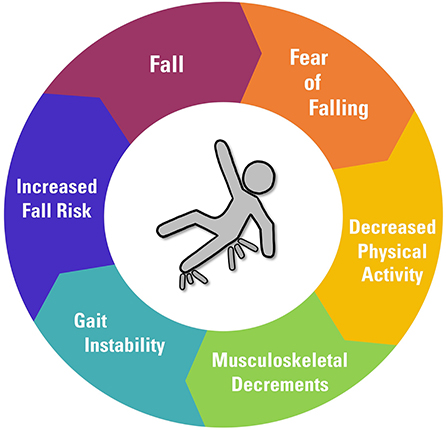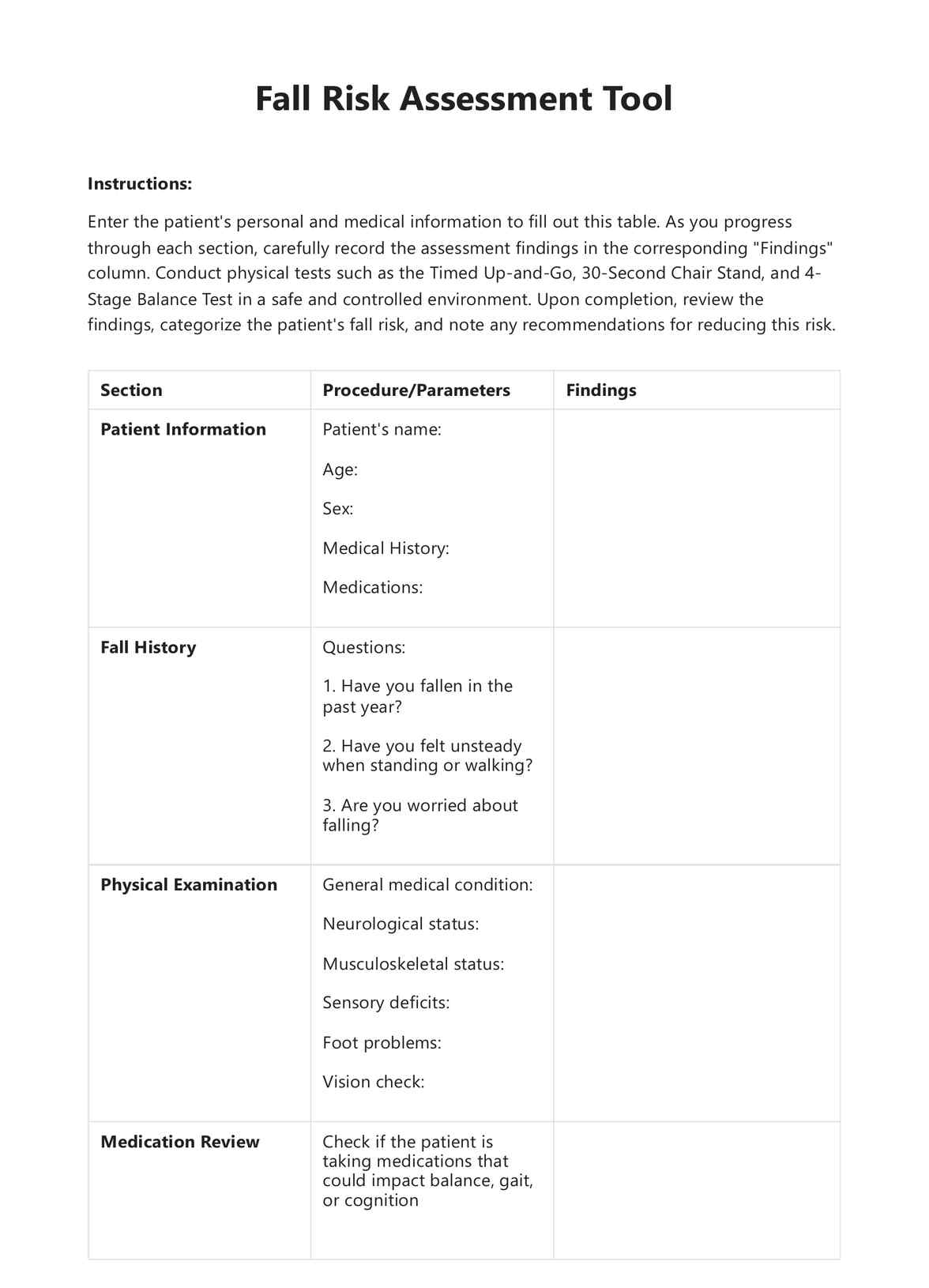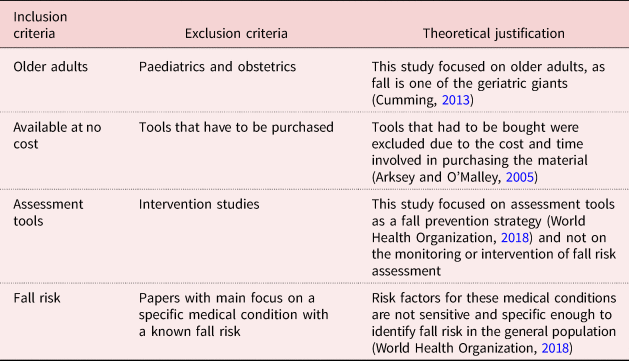Getting My Dementia Fall Risk To Work
Table of ContentsThe Buzz on Dementia Fall RiskDementia Fall Risk Can Be Fun For Anyone6 Easy Facts About Dementia Fall Risk ShownHow Dementia Fall Risk can Save You Time, Stress, and Money.
A fall danger analysis checks to see how likely it is that you will certainly fall. It is primarily done for older adults. The assessment normally includes: This consists of a series of inquiries about your total health and wellness and if you have actually had previous falls or troubles with balance, standing, and/or walking. These devices evaluate your toughness, equilibrium, and gait (the means you walk).STEADI includes screening, evaluating, and treatment. Treatments are referrals that might lower your danger of dropping. STEADI consists of 3 actions: you for your risk of falling for your danger variables that can be enhanced to attempt to stop drops (for example, balance issues, impaired vision) to lower your threat of dropping by making use of effective approaches (as an example, giving education and learning and sources), you may be asked several questions including: Have you dropped in the past year? Do you really feel unsteady when standing or strolling? Are you fretted about dropping?, your provider will certainly examine your toughness, equilibrium, and gait, making use of the adhering to fall evaluation tools: This test checks your stride.
After that you'll take a seat again. Your provider will check how much time it takes you to do this. If it takes you 12 secs or more, it might suggest you are at greater danger for a fall. This examination checks strength and balance. You'll being in a chair with your arms went across over your chest.
The positions will certainly get more difficult as you go. Stand with your feet side-by-side. Relocate one foot halfway ahead, so the instep is touching the big toe of your other foot. Relocate one foot completely before the other, so the toes are touching the heel of your other foot.
The smart Trick of Dementia Fall Risk That Nobody is Discussing
Many falls happen as a result of multiple adding variables; consequently, managing the threat of dropping begins with determining the elements that add to fall danger - Dementia Fall Risk. A few of the most appropriate risk aspects consist of: History of prior fallsChronic medical conditionsAcute illnessImpaired gait and balance, reduced extremity weaknessCognitive impairmentChanges in visionCertain risky medicines and polypharmacyEnvironmental elements can also increase the threat for drops, consisting of: Inadequate lightingUneven or harmed flooringWet or unsafe floorsMissing or damaged hand rails and order barsDamaged or incorrectly fitted equipment, such as beds, wheelchairs, or walkersImproper use assistive devicesInadequate guidance of the people staying in the NF, consisting of those who show aggressive behaviorsA successful fall threat monitoring program needs a comprehensive clinical analysis, with input from all members of the interdisciplinary team

The treatment plan ought to additionally include treatments that are system-based, such as those that promote a safe atmosphere (proper lighting, hand rails, get bars, and so on). The effectiveness of the interventions must be reviewed periodically, and the treatment strategy modified as necessary to show modifications in the fall risk analysis. Carrying out a fall danger administration system utilizing evidence-based ideal technique can decrease the frequency of falls in the NF, while restricting the potential for fall-related injuries.
An Unbiased View of Dementia Fall Risk
The AGS/BGS guideline advises evaluating all adults aged 65 years and older for autumn danger each year. This screening contains asking patients whether they have actually dropped 2 or even more times in the previous year or looked for medical attention for a fall, or, if they have actually not dropped, whether they really feel unstable when strolling.
People who have actually fallen once without injury must have their equilibrium and gait reviewed; those with stride or equilibrium abnormalities ought to receive additional assessment. A background of 1 fall without injury and without stride or equilibrium troubles does not necessitate see here now more assessment beyond ongoing annual fall danger testing. Dementia Fall Risk. An autumn risk analysis is called for as component of about his the Welcome to Medicare assessment

Facts About Dementia Fall Risk Revealed
Documenting a falls background is one of the high quality indications for loss avoidance and management. Psychoactive medicines in specific are independent forecasters of drops.
Postural hypotension can commonly be eased by minimizing the dose of blood pressurelowering drugs and/or quiting medicines that have orthostatic hypotension as an adverse effects. Use above-the-knee support hose and copulating the head of the bed boosted might likewise lower postural reductions in high blood pressure. The suggested components of a fall-focused physical exam are received Box 1.

A yank time more than or equivalent to 12 seconds recommends high fall threat. The 30-Second Chair Stand examination analyzes lower extremity stamina and balance. Being unable to stand up from a chair of knee height without using one's arms shows boosted autumn danger. The 4-Stage Balance examination evaluates static balance by having the patient stand in 4 placements, each progressively much more challenging.